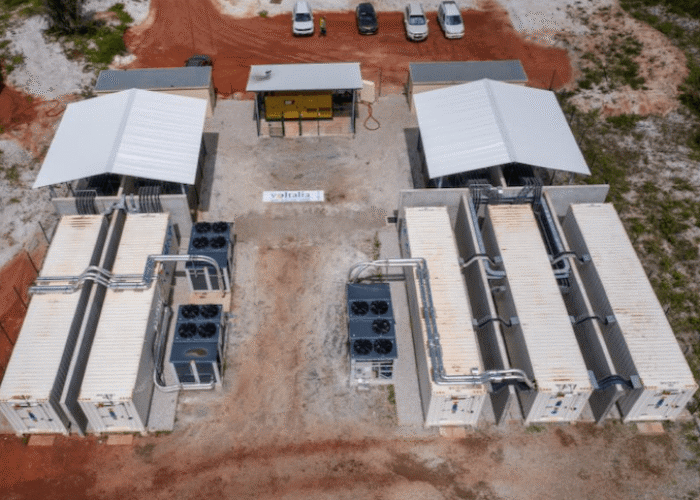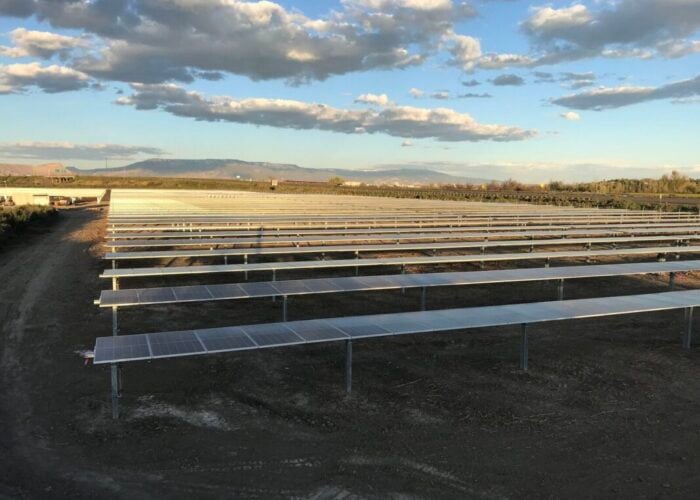The California Public Utilities Commission (CPUC) has issued a proposed decision to launch a new renewable incentive program with the aim of driving the uptake of mid-sized renewable energy development. This next-generation feed-in tariff program will require investor-owned California utilities to purchase electricity from renewable energy systems between one and 20MW in size.
“California has robust policies for developing large, utility-scale solar power plants and for putting smaller systems on homes and businesses, but there is a clear gap in the middle. The CPUC proposal is designed to unlock that missing piece, providing an additional opportunity for solar market and job growth and for quickly bringing massive new amounts of clean energy to the state,” said Adam Browning, executive director of Vote Solar, who will work with CPUC to implement these changes.
Try Premium for just $1
- Full premium access for the first month at only $1
- Converts to an annual rate after 30 days unless cancelled
- Cancel anytime during the trial period
Premium Benefits
- Expert industry analysis and interviews
- Digital access to PV Tech Power journal
- Exclusive event discounts
Or get the full Premium subscription right away
Or continue reading this article for free
“Solar policy should provide the foundations for long-term market growth by providing a transparent process, a level playing field, and a reliable market opportunity,” said Kevin Fox, of the law firm Keyes & Fox, which represents IREC, another advocate of the initiative. “This program achieves those larger policy goals through an innovative pricing mechanism that also protects California ratepayers and overcomes the legal challenges that have hindered widespread feed-in tariff development in the U.S.”
The CPUC proposal establishes a 1GW pilot program for power from eligible mid-sized renewable energy systems. The program requires California's three largest investor-owned utilities to hold biannual competitive auctions into which renewable developers can bid. Utilities must award contracts starting with the lowest cost viable project and moving up in price until the MW requirement is reached for that round.
The program will use standard terms and conditions to lower transactional costs and provide the contractual transparency needed for effective financing. Development security and relatively short project development timelines ensure project viability. The commission can act to finalize and adopt the program in as soon as thirty days.






